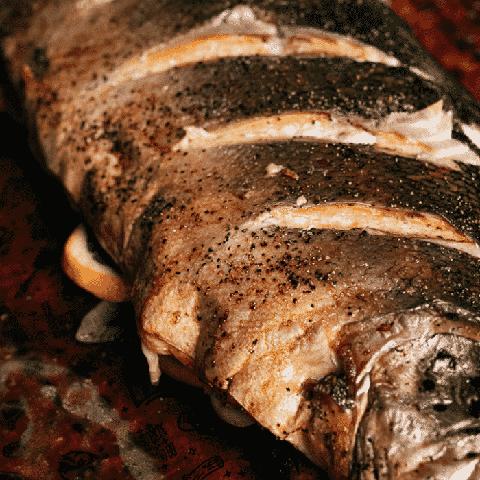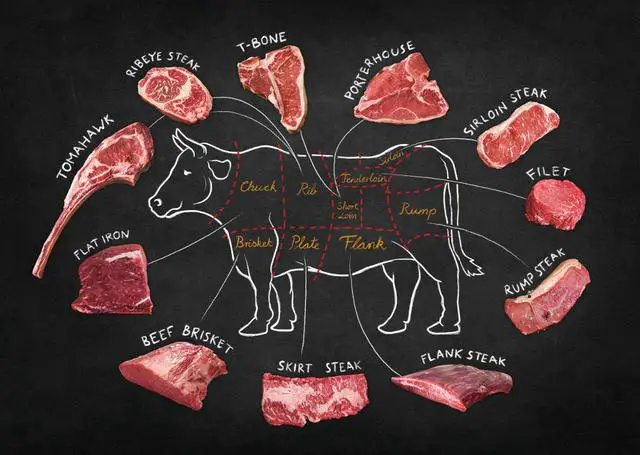
The T-Bone Steak Cut Diagram is a detailed visual guide that showcases the anatomy of a T-bone steak, highlighting the different cuts and sections. This informative diagram provides an easy-to-understand reference for meat enthusiasts, helping them understand the various parts of this popular and delicious cut of beef. Whether you’re a seasoned chef or just starting to explore the world of cooking, this diagram is an essential tool for mastering the art of preparing and enjoying T-bone steaks.
How to Cut or Slice T-Bone Steak: The Right Way

When it comes to cutting or slicing a T-bone steak, it is important to follow the right technique. The key is to identify the grain direction of the meat and slice against it. The grain refers to the direction in which the muscle fibers are arranged. By slicing against the grain, you ensure a more tender cut of meat and also remove any back fat that may be present.
To begin, separate both muscles from the T-shaped bone using a sharp knife. It is recommended to leave a bit of meat attached to the bone for separate eating. Simply guide your knife along the bone and separate the muscles. It is important to note that each muscle has a different grain direction, as shown in diagrams provided.
While most articles on the internet may show incorrect slicing techniques, where they slice with the grain, it is crucial to slice against the grain for both muscles. Slicing with the grain leaves the muscle fibers intact and results in a chewier texture. On the other hand, slicing against the grain shortens the muscle fiber lengths and provides a more tender eating experience.
What is Meat “Grain”?
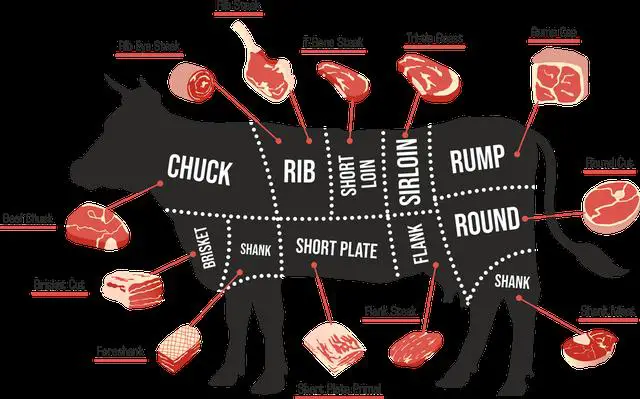
Meat “grain” refers to the direction in which the muscle fibers of the meat are aligned. These muscle fibers are bundled together by connective tissues and arranged in a repetitive pattern. The grain direction can be more easily identified when the meat is uncooked, as the long strands of muscle fibers are visible. It is similar to the growth pattern of grains in wood.
Slicing a T-bone steak against the grain means cutting perpendicular to the direction of the muscle fibers. This technique is important because it results in a more tender cut of meat. When you slice against the grain, you shorten the length of the muscle fibers, making them easier to chew and reducing toughness. Cutting with the grain, on the other hand, leaves the fibers intact and can make the meat chewier.
When slicing a T-bone steak, it’s crucial to identify that there are two different muscles on either side of the T-shaped bone – the strip loin and tenderloin. Many articles on how to slice T-bone steaks incorrectly slice both muscles vertically (if bone is horizontal), resulting in slices that are with the grain for strip loin muscle. To achieve optimal tenderness, it is important to slice both muscles against their respective grain directions.
Identifying the Grain Direction of T-bone Steak
When it comes to slicing a T-bone steak, it is important to understand the concept of grain direction. The grain refers to the direction in which the muscle fibers of the meat are arranged. Before cooking the steak, it is easier to identify the grain direction by observing the uncooked meat. Take a photo of the raw T-bone steak to determine the orientation of the muscle fibers.
Unlike other cuts of meat, such as ribeye or flank steak, it can be difficult to determine the grain direction of a cooked T-bone steak. This is because the cooking process alters the appearance and texture of the meat. However, by understanding how muscle fibers are bundled together by connective tissues, you can still slice a T-bone steak against the grain for a more tender cut.
The Problem With Almost Every Single T-Bone Steak Article
Many articles on the internet provide instructions on how to slice a T-bone steak, but most of them are incorrect. These articles regurgitate information without actually testing it themselves. The main issue is that they slice the strip loin side of the steak with the grain, which is incorrect. Slicing against the grain produces a more tender cut of meat and removes back fat from each slice.
When slicing a T-bone steak, it is important to separate both muscles from the T-shaped bone. Most people will slice each muscle vertically (if the bone is horizontal), which results in slices that are with the grain for the strip loin muscle. This is incorrect as both muscles should be sliced against the grain. Slicing against the grain shortens the muscle fiber lengths and improves tenderness, making it easier to chew. Cutting meat with the grain leaves the fibers intact and makes it harder for teeth to separate.
How to Slice T-bone Steak
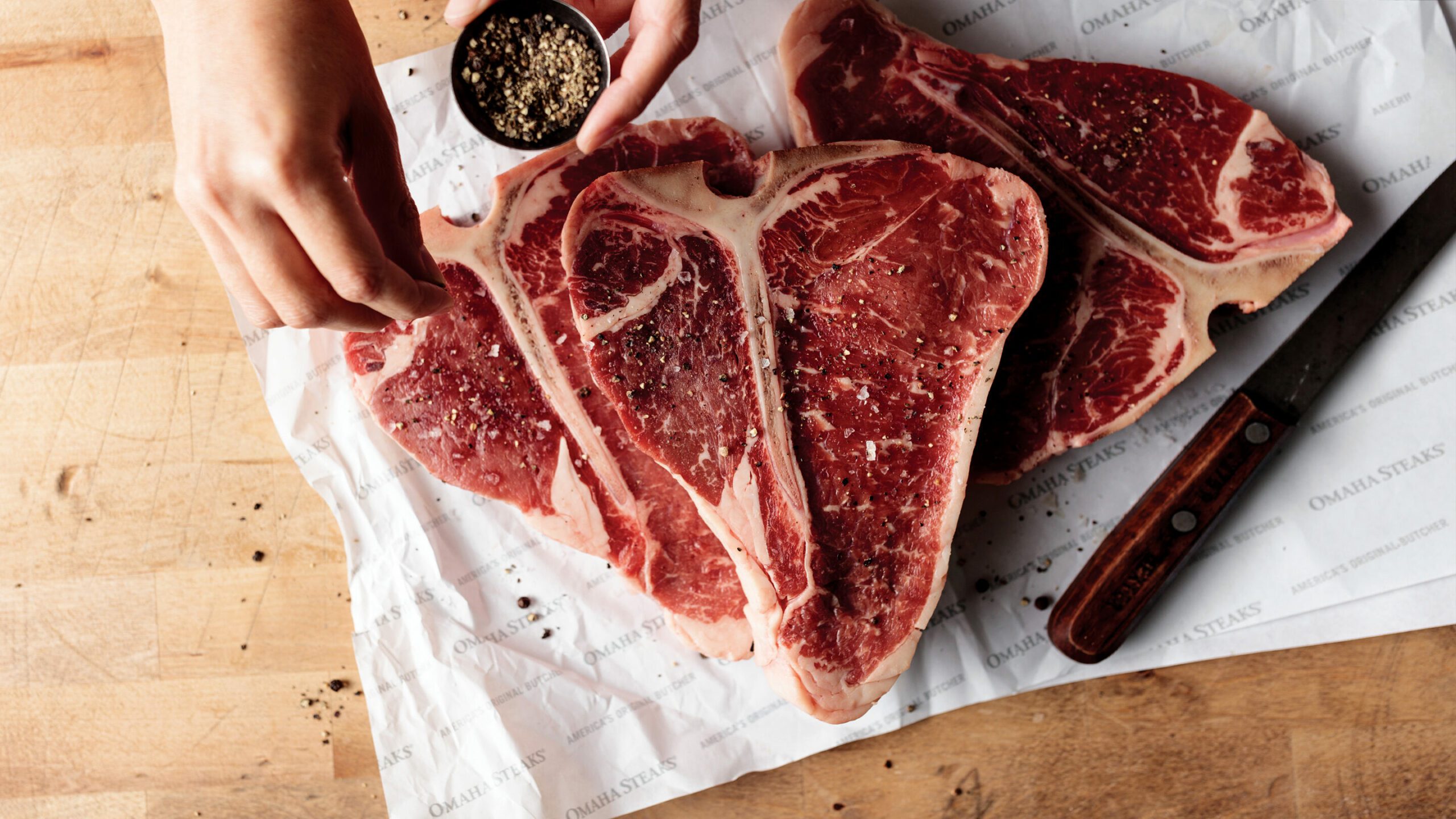
When it comes to slicing a T-bone steak, it is important to understand the concept of grain direction. The grain refers to the long strands of muscle fibers in the meat. To identify the grain direction, you can examine the uncooked steak before cooking it. Take note of the pattern formed by the muscle fibers.
To slice a T-bone steak properly, you should cut against the grain. This means that you should slice perpendicular to the direction in which the muscle fibers are running. Slicing against the grain helps to shorten the muscle fiber lengths, resulting in a more tender and easier-to-chew bite.
Start by separating both muscles from the T-shaped bone using a sharp knife. It is recommended to leave a bit of meat attached to the bone for separate consumption if desired. The two muscles have different grain directions, so it is important to slice each one correctly.
Most articles on slicing T-bone steak incorrectly demonstrate slicing with the grain, particularly on the strip loin side. However, slicing against the grain produces a more tender cut of meat and removes back fat from each slice. By following this method, you can enhance your eating experience and enjoy a more enjoyable texture.
Why Should T-bone Steak be Sliced Against the Grain?
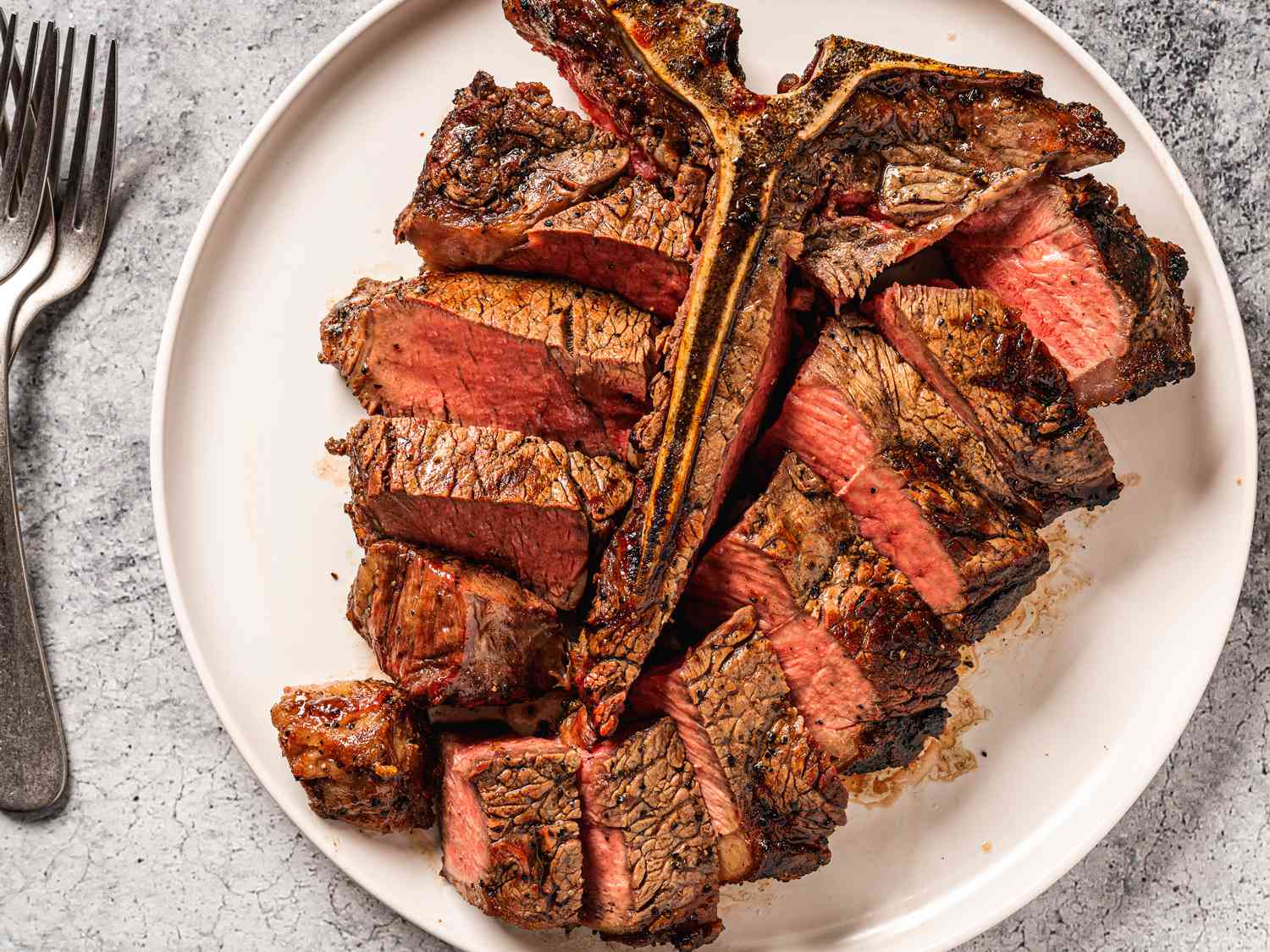
When slicing a T-bone steak, it is important to slice against the grain for several reasons. First and foremost, slicing against the grain produces a more tender cut of meat. The grain refers to the direction in which the muscle fibers are arranged within the meat. By cutting against the grain, you are effectively shortening these muscle fiber lengths, making them easier to chew and resulting in a more enjoyable eating experience.
Slicing against the grain also helps to remove any back fat that may be present in the strip loin section of the T-bone steak. This back fat can add richness when cooking, but it is not always desirable to have in every bite. By slicing against the grain, you can separate the meat from the back fat and create cleaner slices.
In conclusion, the T-bone steak cut diagram provides a clear understanding of this popular and delicious cut of meat. By visually depicting the location of the T-shaped bone and the two different cuts of beef, it allows for easy identification and preparation. Whether you’re a butcher or a home cook, this diagram is an invaluable resource in making the most out of this flavorful steak.
Learn More About Grilling
If you want to learn more about grilling, check out these other helpful resources!






